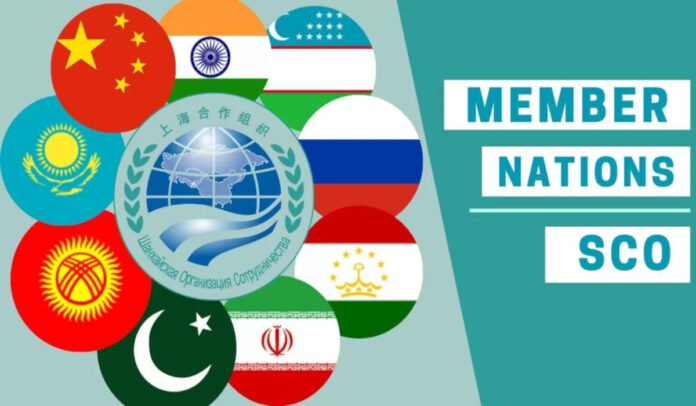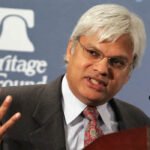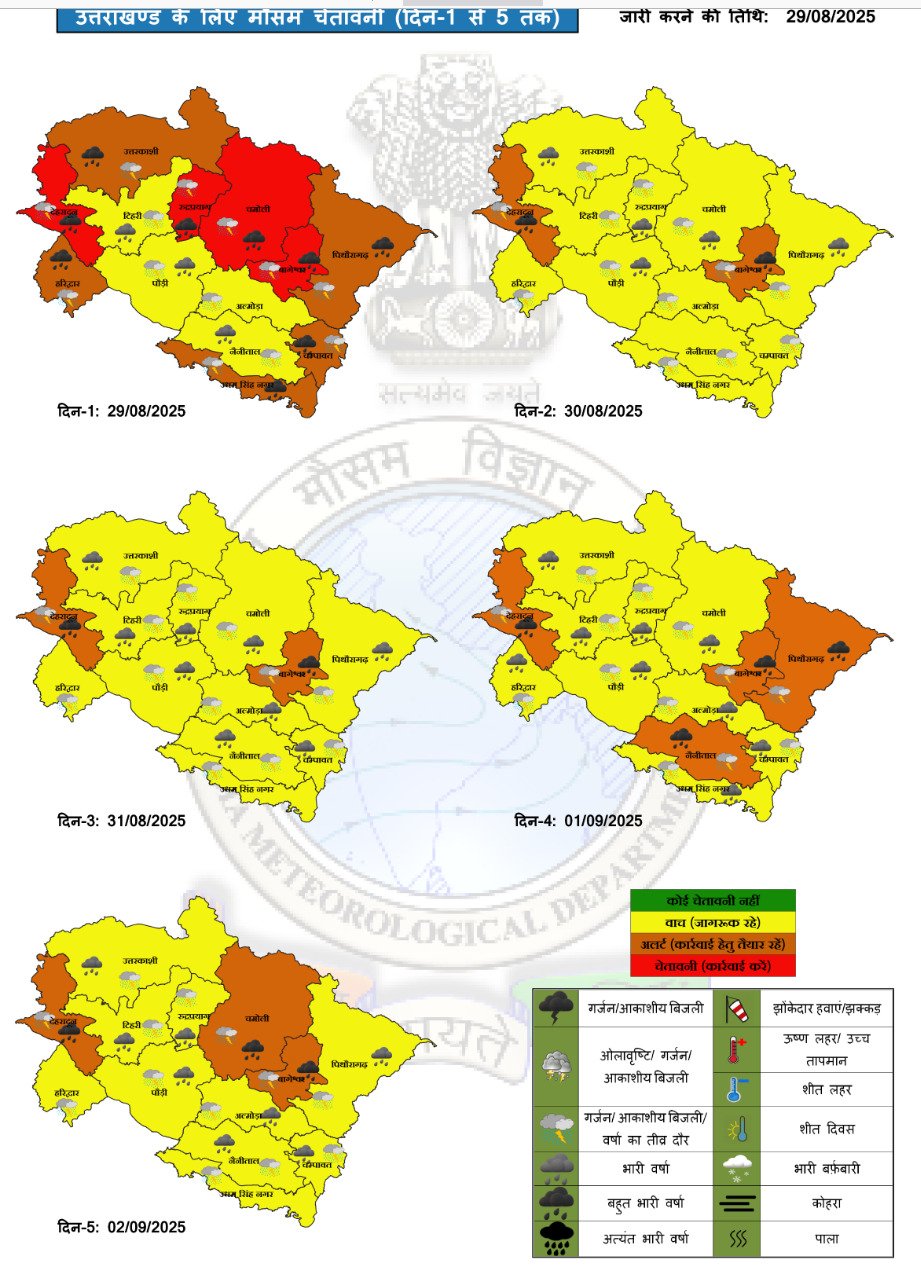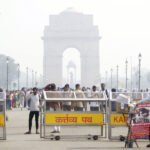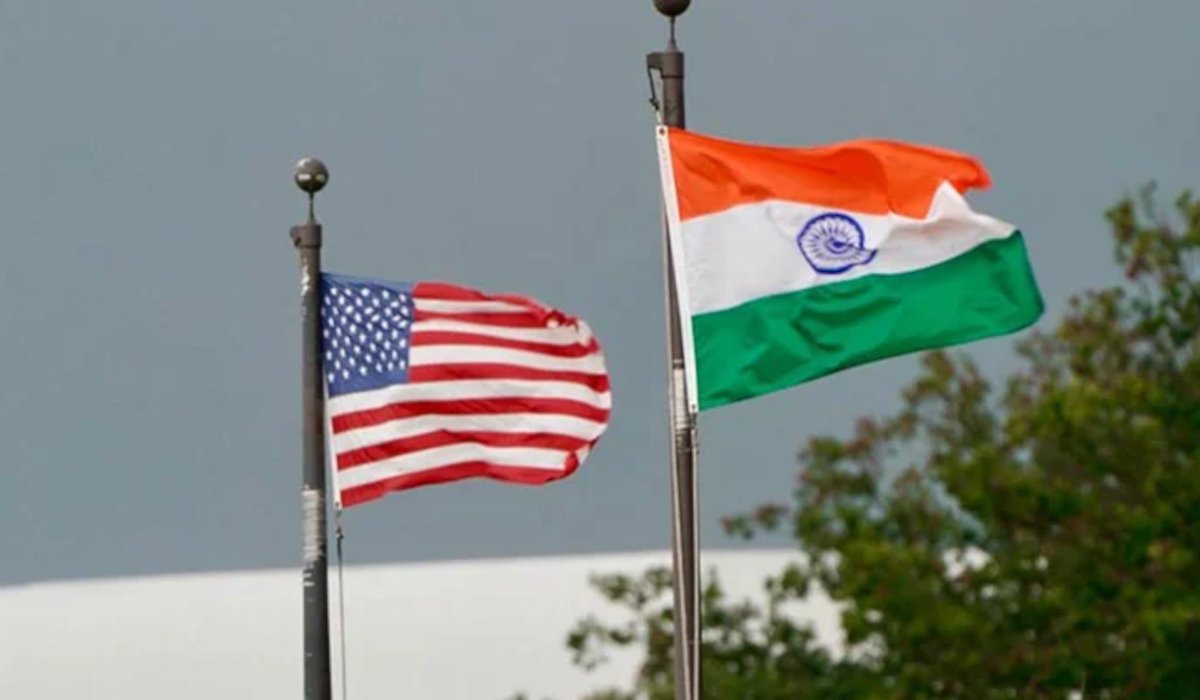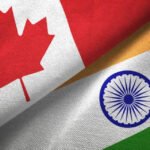China is preparing to host more than two dozen world leaders at a high-profile defense summit and military parade in Beijing. The event is designed to highlight China’s growing diplomatic clout, military capabilities, and global partnerships, even as Western powers remain absent.
The summit will focus on security cooperation, trade linkages, and geopolitical strategy. The accompanying parade is set to showcase advanced weaponry including hypersonic missiles, drones, and naval systems, underscoring China’s push to project power and resilience.
World Leaders in Attendance
Leaders from across Asia, Africa, Latin America, and Eastern Europe will attend, particularly those tied to Beijing through the Belt and Road Initiative (BRI). Among the prominent guests are Russian President Vladimir Putin and Iranian officials, along with several African heads of state. The guest list highlights Beijing’s willingness to embrace leaders sidelined by the West.
Western leaders, including from the United States, the European Union, and Japan, have declined to participate, citing differences on human rights, trade, and security. Their absence underscores the deepening divide between China’s sphere of influence and U.S.-aligned powers.
India’s Role and PM Modi’s Schedule
Prime Minister Narendra Modi is scheduled to attend the Shanghai Cooperation Organisation (SCO) Summit in Tianjin from August 31st to September 1st, 2025. This marks his first visit to China in seven years, signaling a thaw in India-China relations after years of tension along the border and in trade.
During the summit, Modi is expected to hold bilateral meetings with President Xi Jinping and Russian President Vladimir Putin. Discussions will likely focus on economic cooperation, regional security, counter-terrorism, and mitigating the impact of U.S. tariffs on Asian economies.
However, Indian officials have confirmed that PM Modi will not attend the Beijing military parade scheduled for September 3rd. He is expected to leave China immediately after the SCO Summit concludes. Analysts suggest this decision reflects India’s cautious diplomacy—participating in multilateral dialogue but avoiding optics that could unsettle strategic partners like Japan.
Strategic Messaging from Beijing
Chinese officials have described the summit and parade as an opportunity to showcase China’s leadership in shaping a multipolar world order. The military parade will be broadcast nationwide to boost domestic morale and demonstrate strength to international observers.
For Beijing, the presence of global leaders—even in the absence of Western powers—reinforces its position as an alternative hub of power. The event is also meant to rally domestic support by portraying China as respected and central on the world stage.
Implications for Global Alliances
The summit illustrates shifting global alliances, with China consolidating ties across Asia, Africa, and Latin America while presenting itself as a counterweight to the U.S. and its allies. By hosting sanctioned leaders and expanding defense and trade dialogues, Beijing is signaling its readiness to challenge Western dominance in international institutions.
India’s participation at the SCO Summit while skipping the parade highlights New Delhi’s balancing act—deepening engagement with regional powers without fully aligning with Beijing’s bloc. The move reflects India’s efforts to maintain strategic autonomy in an era of geopolitical polarization.


